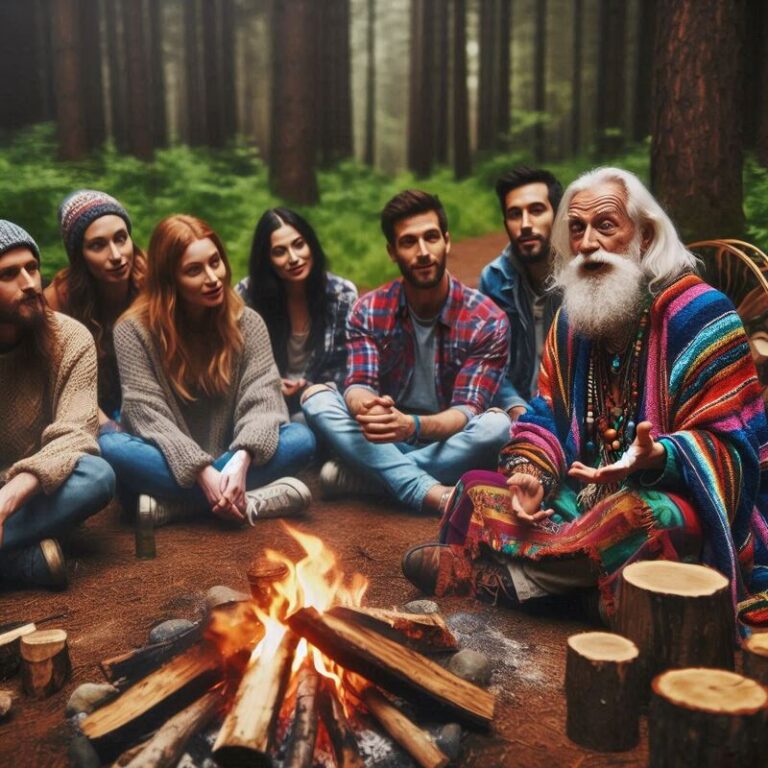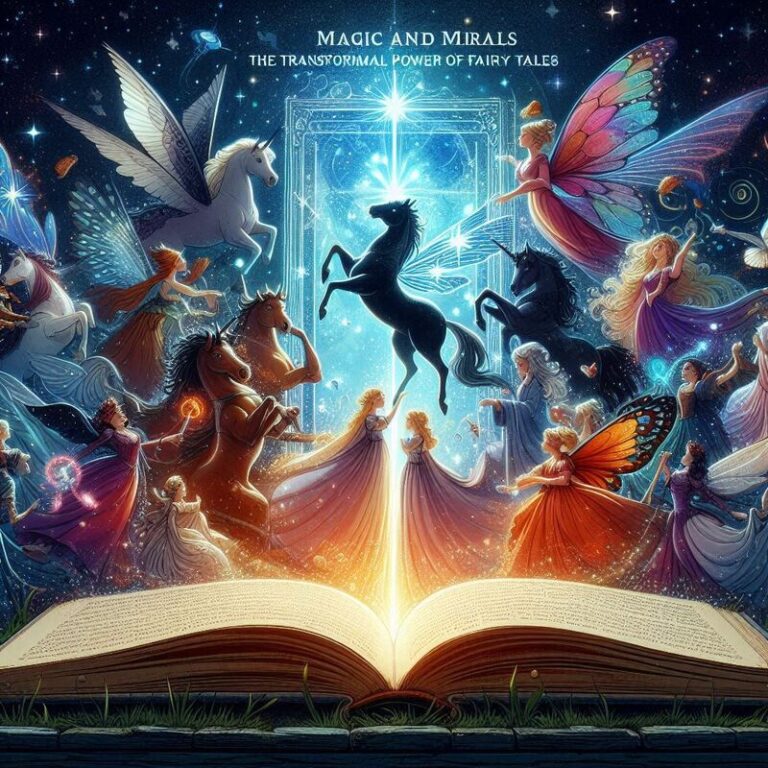The Magic and Mystery of Fairy Tales
The Magic and Mystery of Fairy Tales
Fairy tales have woven themselves into the fabric of human history, captivating generations with their blend of whimsy, caution, and moral guidance. These enchanting stories are not merely bedtime entertainment; they are cultural artifacts that reflect societal values, fears, and aspirations. From the Brothers Grimm to modern reinterpretations, fairy tales continue to fascinate, inspiring creativity and sparking discussions about their deeper meanings.
The Universal Appeal of Fairy Tales
The Magic and Mystery of Fairy Tales

What makes fairy tales so enduring is their universality. Almost every culture has its version of these narratives, from the magical folklore of Russia to the rich mythologies of Africa. Despite their regional differences, fairy tales share common elements: the hero’s journey, the triumph of good over evil, and the transformative power of love and kindness. This universality allows them to transcend borders, resonating with audiences regardless of their background.
A Portal to the Imagination
Fairy tales act as portals to otherworldly realms where animals talk, witches cast spells, and the impossible becomes reality. This boundless creativity serves an essential purpose: it fosters imagination. For children, fairy tales open the door to a world where their dreams and fears take shape. They encourage young minds to think beyond the ordinary and to consider alternative perspectives.
The Magic and Mystery of Fairy Tales
For adults, fairy tales provide an escape from the monotony of daily life. They allow us to reconnect with the wonder and curiosity we often lose as we grow older. Stories like Cinderella and Sleeping Beauty remind us of the power of hope and resilience, even in the face of overwhelming odds.
The Magic and Mystery of Fairy Tales
Hidden Lessons and Morals
At their core, fairy tales are stories with a purpose. They teach lessons about morality, bravery, and perseverance. In Little Red Riding Hood, for instance, the dangers of straying from the path serve as a warning to heed advice and remain cautious in unfamiliar situations. Similarly, The Three Little Pigs emphasizes the value of hard work and preparation.
Beyond these straightforward morals, fairy tales often contain layered messages that reflect the complexities of human behavior and societal norms. For example, Beauty and the Beast explores themes of inner beauty and redemption, while Jack and the Beanstalk delves into risk-taking and the pursuit of adventure. These narratives challenge readers and listeners to think critically, encouraging them to uncover deeper truths within the stories.
The Darker Side of Fairy Tales

While fairy tales are often associated with happy endings, their origins were frequently much darker. Early versions of these stories were not written for children but for adults, containing elements of violence, betrayal, and revenge. For example, in the original Cinderella, the stepsisters mutilate their feet to fit into the glass slipper, and they are later punished by having their eyes pecked out by birds.
The Magic and Mystery of Fairy Tales
These darker tales served as cautionary stories, warning listeners about the consequences of greed, vanity, and cruelty. Over time, authors like Charles Perrault and the Brothers Grimm sanitized many fairy tales to make them more suitable for children, but traces of their grim origins remain. This duality adds depth to fairy tales, making them intriguing for both children and adults.
Fairy Tales in Modern Culture
Fairy tales have not remained static; they have evolved and adapted to suit contemporary audiences. In literature, authors such as Neil Gaiman and Margaret Atwood have reimagined classic tales, giving them new relevance and complexity. Films like Disney’s Frozen and Maleficent reinterpret traditional narratives, offering fresh perspectives on beloved characters.
These modern adaptations often challenge traditional fairy tale tropes. For instance, rather than portraying princesses as damsels in distress, contemporary retellings emphasize empowerment and agency. This shift reflects changing societal values and ensures that fairy tales remain relevant in a rapidly evolving world.
The Magic and Mystery of Fairy Tales
The Magic of Oral Tradition
Before they were written down, fairy tales were passed down orally from generation to generation. This oral tradition was vital for preserving cultural heritage and fostering a sense of community. Storytellers would gather audiences around fires or in village squares, weaving tales that entertained and educated.
The act of storytelling itself was magical, transforming the mundane into the extraordinary. Through voice and gesture, storytellers brought characters to life, creating a shared experience that bound listeners together. This communal aspect of fairy tales underscores their power to connect people across time and space.
The Magic and Mystery of Fairy Tales
Why Fairy Tales Matter Today
In an age dominated by technology and information, fairy tales remind us of the importance of storytelling and imagination. They provide a counterbalance to our fast-paced lives, offering moments of reflection and wonder. Moreover, fairy tales address timeless human concerns: the quest for identity, the struggle between good and evil, and the hope for a better future.
The Magic and Mystery of Fairy Tales
Educators and psychologists have also recognized the value of fairy tales in personal development. Stories like The Ugly Duckling and Hansel and Gretel help children navigate complex emotions, such as self-doubt and fear. Fairy tales offer a safe space to explore these feelings, teaching resilience and empathy.
Conclusion
Fairy tales are more than just stories; they are mirrors reflecting the human condition, bridges connecting diverse cultures, and seeds that cultivate creativity and imagination. Their magic lies in their ability to adapt and endure, captivating audiences of all ages and backgrounds. As we continue to reimagine and retell these tales, their mysteries deepen, ensuring that the words “Once upon a time” will always hold a special place in our hearts.



